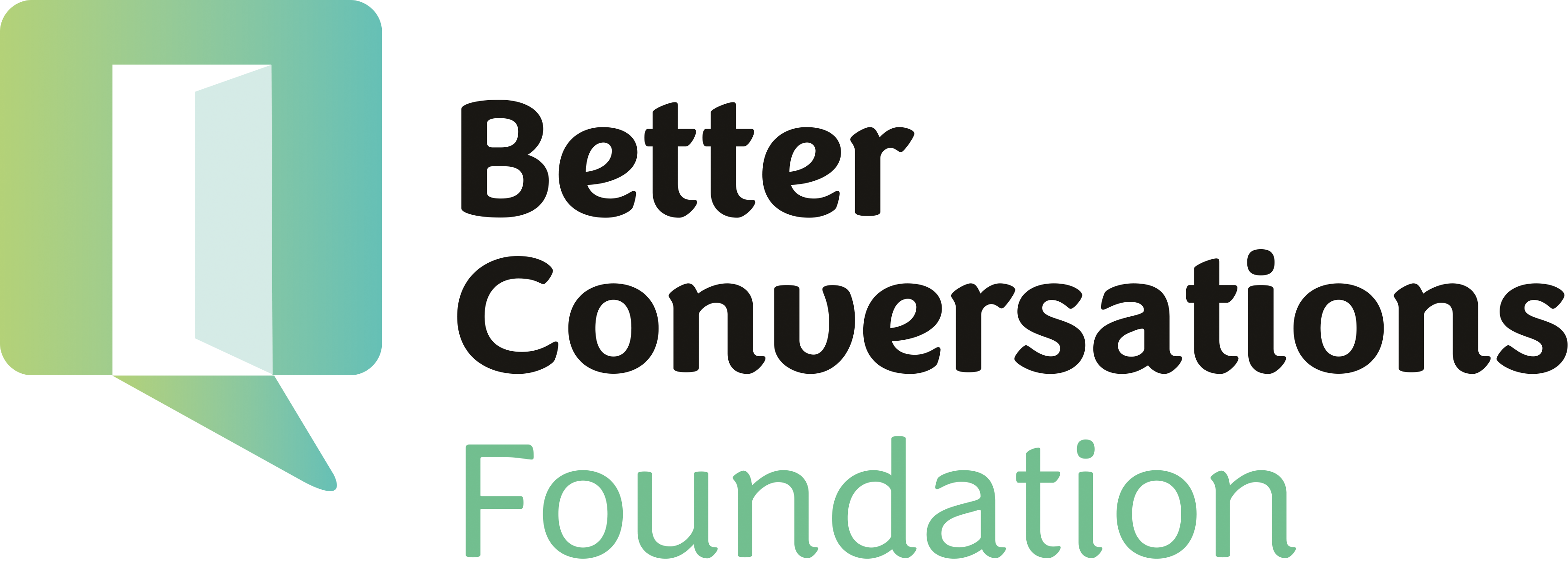4.6. Using our Materials#
As more people get involved with this project, we’re going to need to define some boundaries. This is an attempt to do that.
We’re trying to find a balance between allowing people to do what they want, and setting expectations for what they can expect from us.
This our current attempt at that balance. We welcome feedback and suggestions and will adjust as needed.
The key words “MUST”, “MUST NOT”, “REQUIRED”, “SHALL”, “SHALL NOT”, “SHOULD”, “SHOULD NOT”, “RECOMMENDED”, “MAY”, and “OPTIONAL” in this are to be interpreted as described in RFC 2119 which we’ve referenced below.
4.6.1. What makes it the Better Conversations course?#
We encourage people to take what we’ve done and do their own thing with it; a reasonable question is “at what point does it become a different course?”.
Before we get into the detail, just to emphasise the point, we’re not trying to restrict people from doing what they want. We’re trying to set expectations for what we can support.
If you want to call your course “Better Conversations”, and associate yourself with us, then this is what we need you to do.
You MUST follow a flight plan. This is the core of the course and the foundation of everything we do. It’s what we can support, along with the Handbook.
You MUST keep the 5 main modules intact, in the same order, with the same names.
You MUST use the same models and exercises.
You MAY NOT substitute any of the models with your own.
You MAY add additional modules, either at the start or end of your course.
You SHOULD use your own words in the content of the modules, but you MUST be aiming for the same outcomes as the original course. We know that effective training means you need to use your own voice.
4.6.2. Further reading#
The terminology used in this document is based on the RFC 2119 standard.
